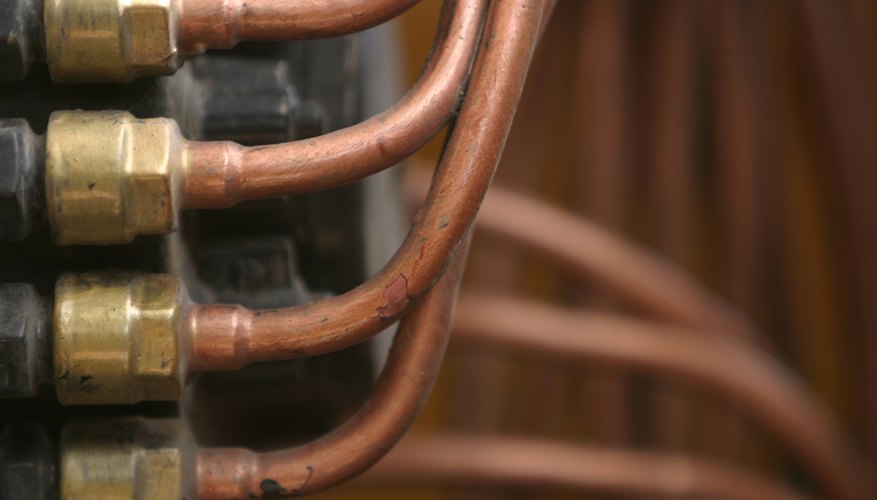The Chartered Institute of Plumbing and Heating Engineering advises their students to use McKeown’s Table to mark out copper pipe accurately for bending. The table gives figures for the critical measurements you need to make when bending 15 mm and 22 mm pipe to different angles.
- The Chartered Institute of Plumbing and Heating Engineering advises their students to use McKeown’s Table to mark out copper pipe accurately for bending.
Decide which pipe is more suitable for the job: 15 mm or 22 mm. Work out how far from the end of the pipe the bend needs to be. Decide on the angle of bend. This might be 30, 45, 60 or 90 degrees, for most common purposes. These decisions will depend on the specifics of the job, including the purpose of the piping, spatial constraints and aesthetic considerations.
Measure the distance decided upon from the end of the pipe. Mark a pencil line at that point. Check McKeown’s Table to get the relevant distance to measure back. Measure back accordingly on the pipe and make an arrow mark.
Place the pipe in the pipe bender until the arrow lines up with the start of the forming shoe. Place the angle guide in the former. This shows you how far to pull the pipe in order to achieve the angle you require. Pull the handles of the bender together in one easy motion, until the angle has been formed. Remove the pipe from the bender.
- Measure the distance decided upon from the end of the pipe.
- Place the pipe in the pipe bender until the arrow lines up with the start of the forming shoe.
